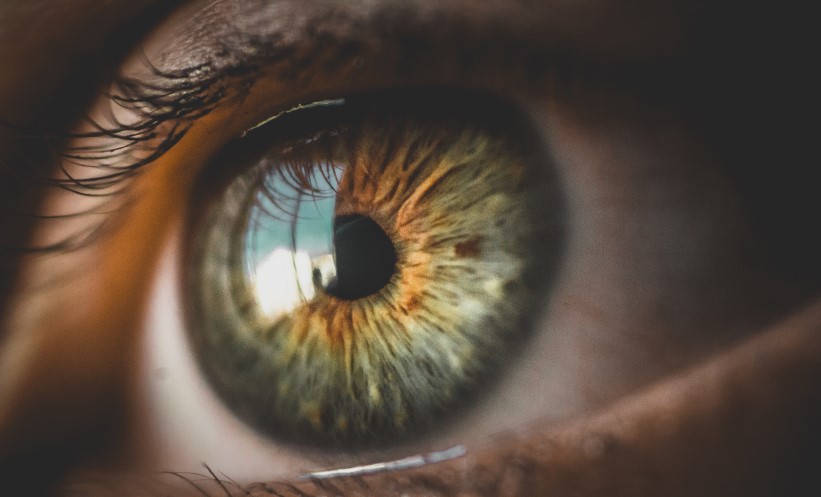RESEARCHERS have estimated that in the USA, 9.6 million people have diabetic retinopathy. Prevalence of this disease has remained high, and due to the increase in diabetes diagnoses in patients of all ages, could continue to grow. This number represents 26.43% of all individuals diagnosed with diabetes in the USA in 2021.
The aim of the study was to provide updated estimates regarding the prevalence of diabetic retinopathy, and diabetic retinopathy that threatens vision. The study was based on demographic factors at nationwide and state levels, and used previous claims data, analyses, and studies. Some 1.84 million individuals were estimated to have vision-threatening diabetic retinopathy, which is 5.06% of those with diagnosed diabetes.
Diabetic retinopathy is a common diabetes complication at any age. Estimates vary significantly between different states and counties. Counties in Southern USA have the lowest total eye care providers per capita, and there are less ophthalmologists concentrated in rural areas. Lead study author David Rein, University of Chicago, Illinois, USA, commented: “Access to eye care and diabetic retinopathy screening and early intervention could contribute to the geographic variation” displayed in the study. Rein went on: “The most important finding of this work is the significant number of people estimated to have diabetic retinopathy in the USA, which is more than double the previous estimate.”
This study highlights the importance of providing optical care to patients with diabetes, as well as prioritising the screening of diabetic retinopathy. It also shows that the prevalence rate among young people is high, with 13% of those <25 years at risk of diabetic retinopathy. Rein and colleagues hope that future interventions, such as telemedicine and teleretinal screening, in rural areas of the USA could allow more patients to receive screening for diabetic retinopathy, as well as early intervention, to improve long-term outcomes.








